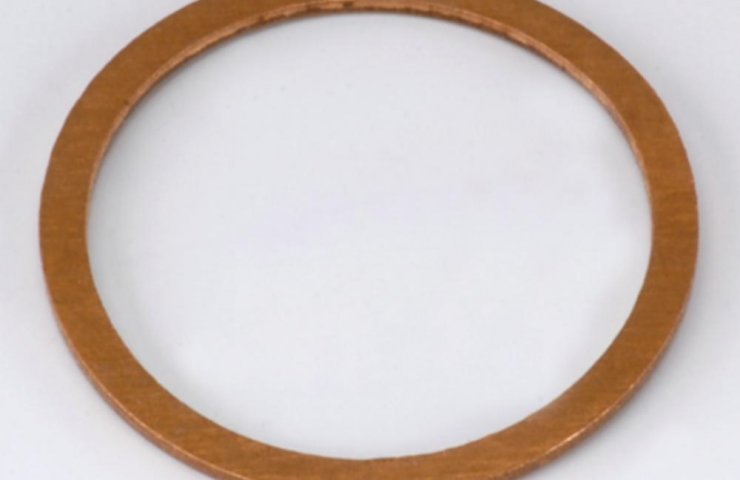A washer is a product, the use of which improves the quality of fasteners. Many different materials are used during the manufacture of these parts, but the most popular are copper O-rings.
Manufacturing Features
Copper sheet M2 is used for the manufacture of rings. During stamping, blanks are made, which are further processed by passivation or tumbling. This process is necessary to get rid of the burrs that appear.
Copper products have better elasticity than stainless or carbon steel. During operation, any unit experiences different temperature drops. Moreover, it is important that the rings retain the necessary flexibility. copper o-ring .
Copper washers are now found in almost every unit. These rings are used in cars, agricultural agricultural machinery, as well as in special machines for construction.
Copper rings have the highest corrosion resistance. The temperature range of this material allows it to withstand up to 350 ° C. For aluminum, this temperature is an order of magnitude lower and is 200 ° C. Due to their resistance to corrosive processes, copper rings are widely used in technology that constantly works in aggressive environments.
For the production of copper seals, state regulatory standards have been specially developed, the entire manufacturing process is clearly regulated. To begin with, the purity of the rolled copper sheet must be maximized. The permissible amount of impurities should be no more than 0.1%. In this case, the indicator of linear elongation should be no more than 36%.
One of the most important stages in the manufacturing process is considered to be the firing of O-rings. This makes it possible to make the copper structure homogeneous, by firing it is possible to relieve the internal stress of the metal.
After this stage of production, the elasticity and toughness of the metal increases, while its rigidity decreases. After firing, the sealant can be used for high-quality joining of various parts.
The essence of firing is that the sealing ring is heated to 600 ° C. After this heat treatment, the oxide film that appears during the production of the washers is destroyed. Dross can be removed by passivation or tumbling. But the first option is preferable, since it does not entail a violation of the shape of the products.





